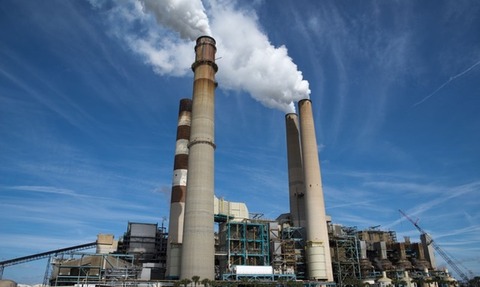Scientists make ‘low-cost’ carbon capture breakthrough
6 Jul 2016

Scientists from the University of York have developed a low-cost, efficient method for capturing carbon dioxide (CO2) from process facilities and power stations.
The method utilises Starbons, which is a type of waste biomass that contains pores, resulting in the absorption of around 65% more CO2 than methods such as amine treating, the university said.
This work is of fundamental importance in overturning established wisdom associated with gas capture by solids
Michael North, professor of green chemistry at the University of York
The research team said Starbons are also more selective in capturing CO2 when mixed with nitrogen, with results showing a capture rate that was four times more selective than other methods.
James Clark, head of the University’s of York's Green Chemistry Centre of Excellence, said: "The high CO2 adsorption, high selectivity, rapid kinetics and water tolerance, combined with the low cost and ease of large scale production from waste biomass, gives Starbons great potential.”
It is thought the method could be used to help reduce emissions from many manufacturing plants and power stations in the UK and around the world.
Michael North, professor of green chemistry at the University of York, said: "This work is of fundamental importance in overturning established wisdom associated with gas capture by solids.
“It defies current accepted scientific understanding of the efficiency of carbon-capturing CO2, and has the potential to be of significant commercial and governmental value in helping the UK meet its CO2 emissions reduction promises.”

